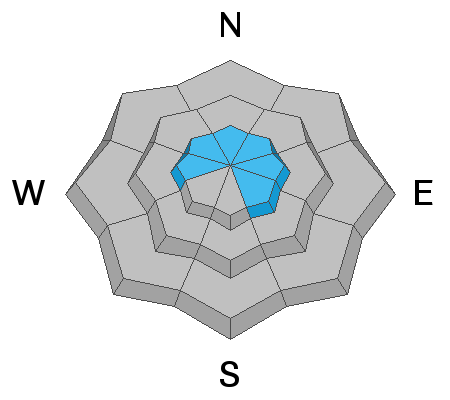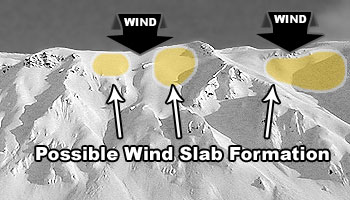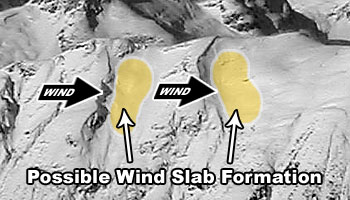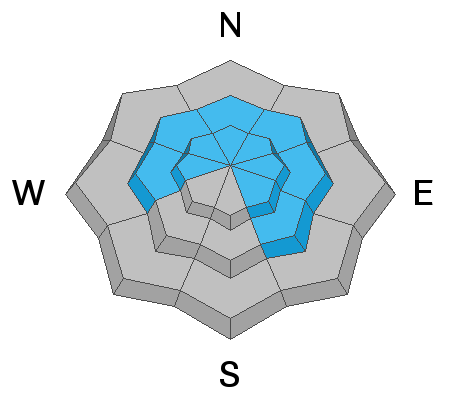Forecast for the Provo Area Mountains

Issued by Mark Staples on
Wednesday morning, January 16, 2019
Wednesday morning, January 16, 2019
Today with new snow and S and SW winds, the avalanche danger is CONSIDERABLE at upper elevations. In these locations, wind drifts alone may produce an avalanche, however, the heavy new snow combined with the additional weight of wind drifted snow, may cause avalanches to break on buried persistent weak layers.
The danger is MODERATE mid elevations where wind drifts should be less common. Persistent weak layers exists at these mid elevations, but lacking the addition load of wind blown snow, they may not be as sensitive. At low elevations the danger is LOW where avalanche conditions are generally safe.
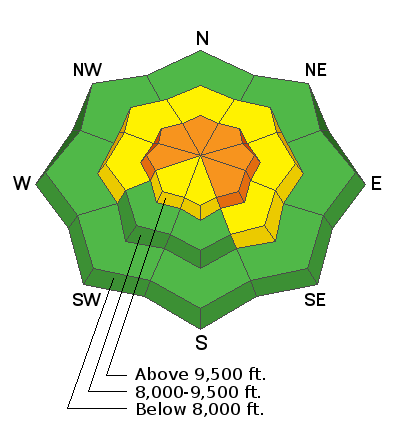
Low
Moderate
Considerable
High
Extreme
Learn how to read the forecast here


